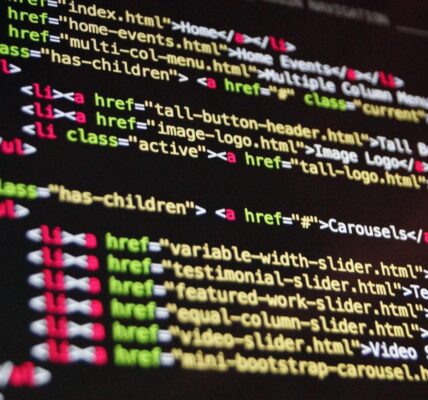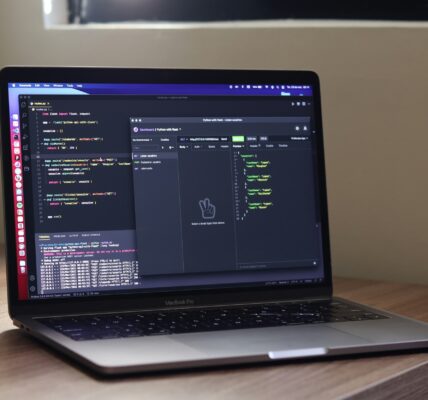If you’re just learning programming, you’re likely concerned about which programming language to learn: Python and JavaScript. Both are top choices for starters. However, knowing the differences can help you determine which fits you best.
In this review, we’ll explain the unique features of either language and what it takes to learn it. Let’s get to it.
Python Basics
Python is a flexible, general-purpose programming language that has become a favorite for many developers. It is easy to comprehend and concise.
Python began as a language for writing scripts and utilities but has quickly grown to include other uses. Today, it is used by back-end web developers to create web apps that run on the web server.
Thanks to its versatility, Python lets developers use a range of programming styles in both simple and complex web apps. Additionally, Python web development frameworks such as Flask and Django simplify the process by offering prebuilt code that devs can include in their projects.
Its easy-to-understand syntax has also helped scientific researchers to develop third-party Python libraries that extend the language’s functionality. Elsewhere, Python is often used in data science, image processing, machine learning, computer vision, and more.
Tools like NumPy, TensorFlow, pandas, and SciPy have helped scientific experts advance research activities. While NumPy, for instance, adds powerful numerical computational tools, pandas is a high-end data analysis and manipulation tool. Meanwhile, SciPy and Tensor are some of the best machine learning libraries for the programming language.
Learning Python
To learn Python, you should begin with fundamental programming concepts while building software using a recent version of the Python programming language. Also, consider reading a Python book to supplement your learning.
Once you’ve mastered the basics, you’re ready to apply them to specific areas. Since Python has many uses, consider taking further courses to learn how to leverage your skills in various fields like data analytics or computer science.
What is JavaScript?
In its first version, JavaScript was developed to be a lightweight, simple language used to add dynamism to web pages. At its inception, JavaScript had to compete with Java, Flash, and Silverlight in the web development marketplace.
However, all three others are becoming extinct as JavaScript gradually takes center stage in front-end web development. Today, JavaScript works well with HTML and CSS to create dynamic and modern web pages.
Even more, JavaScript has enjoyed significant transformation from its simple roots over the years, with more features that enable developers to do even more in a web browser. Many front-end development frameworks in JavaScript, such as React, AngularJS, and Vue.js, help developers create complete apps that run in the browser.
But JavaScript has even morphed beyond its use in front-end development. Tools like Node.js can help JavaScript run on a web browser. That means users can now build both the front end and back end of web apps without replacing one programming language with another. Also, JavaScript developers can now create apps that run on iPhones and Android devices.

Learning JavaScript
Taking an introductory JavaScript course can teach you all about writing JavaScript code, especially about basic programming concepts. However, like with Python, there’s so much more to do with JavaScript than you can learn in one course.
Beyond web development, developers use JavaScript to create video games using Phaser.js or create virtual reality spaces for various purposes.
Summary: Which Is Better for You as a Beginner?
Both languages let you build web applications. However, Python is restricted to back-end development while JavaScript serves the creation of both front-end and back-end pages.
Also, Python helps in data analysis and machine learning by converting raw data into insights. On the other hand, JavaScript finds amazing applications in virtual reality and video game production. Considering the differences between both two options, your final choice boils down to your intended career path, present or anticipated opportunities, and personal choices.











